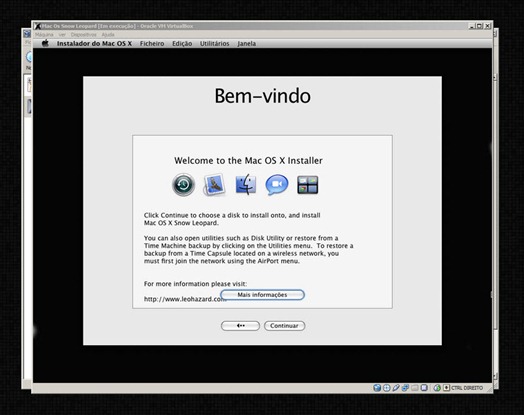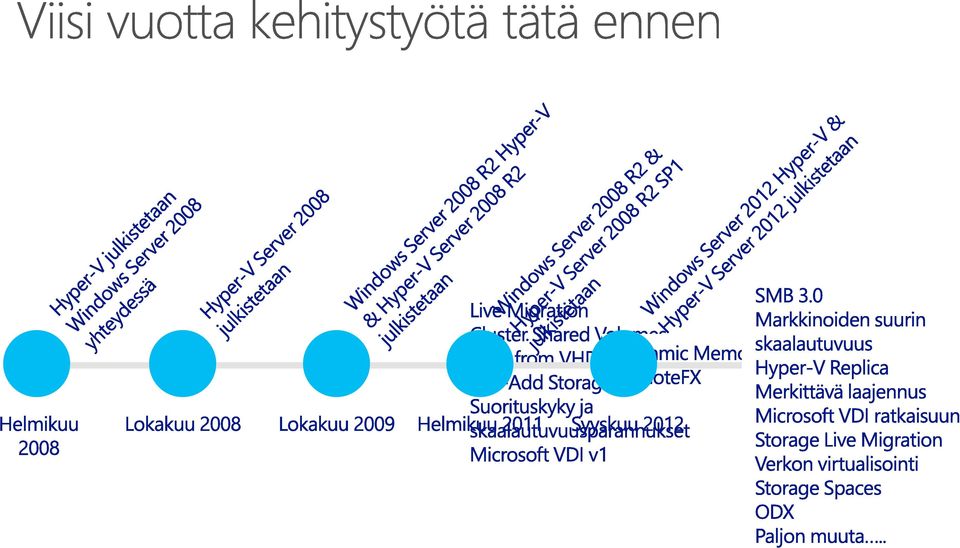

Once the downloading process has begun, you should be able to see the progress of the download in the Launchpad. Click the Download button to begin downloading the installation package. Once the App Store window with macOS Sierra is open, you can read the operating system information.
Os x vdi mac os#
A machine with Mac OS is required for this process, as you will be redirected to the App Store after entering these links in the browser (browsers on Windows or Linux are not able to recognize App Store links).
Os x vdi mac os x#
This blog post explains the installation process by using Mac OS X 10.12 Sierra as an example. If you do not already have the ISO image, you can create the installation ISO image manually by downloading a package from Apple’s official website. To start, you must have the ISO image of the macOS installer. For this purpose, you can start 15-day free trial of NAKIVO Backup & Replication and access its full-fledged functionality right away without any limitations. What's more, learn how you can safeguard virtual, physical, and cloud workloads using a single solution-NAKIVO Backup & Replication. This blog post explores the ways of running Mac OS on a VMware ESXi VM. By default, Mac OS cannot be installed on VMware ESXi or VMware Workstation.
Os x vdi install#
In some cases you may be required to install Mac OS on a virtual machine, for example, if you need to test applications that can only be run on Mac OS. Hardware virtualization allows you to run virtual machines with various operating systems including Windows, Linux, and FreeBSD on different hosts, while providing you with the ability to migrate VMs between hosts. In present day, VMware is one of the leading providers in virtualization technologies.
Os x vdi how to#
Replace “1920x1080x32” with whatever resolution you’re using.By Michael Bose How to Run Mac OS on VMware ESXi Replace “Name of virtual machine” with the name of your virtual machine– you can find the name of your virtual machine in the left pane of the Virtualbox main window (in the screenshot below, my virtual machine is named “Mountain Mac 2”). This command activates “vboxmanage”, a command-line program included with Virtualbox that allows you to edit the properties of your virtual machine, including its built-in resolutions. Vboxmanage setextradata “Name of virtual machine” “CustomVideoMode1” “1920x1080x32” This command will change the focus of the Command Prompt to the program folder for Virtualbox (if you installed Virtualbox somewhere different, then change the command to wherever you installed it). You can do this by opening the Start Menu, and typing “command prompt” into the Start Menu search bar. Then, type the following command into the Command Prompt.

Next, open the Command Prompt in Windows (make sure you are logged into an Administrator account on Windows). For instance, if you want to use the 1600×900 resolution, type in “1600x900x32”. Once you’ve saved it, turn off the virtual machine. You can change “1920x1080x32” to whatever resolution best fits your monitor.
Os x vdi for mac os x#




 0 kommentar(er)
0 kommentar(er)
